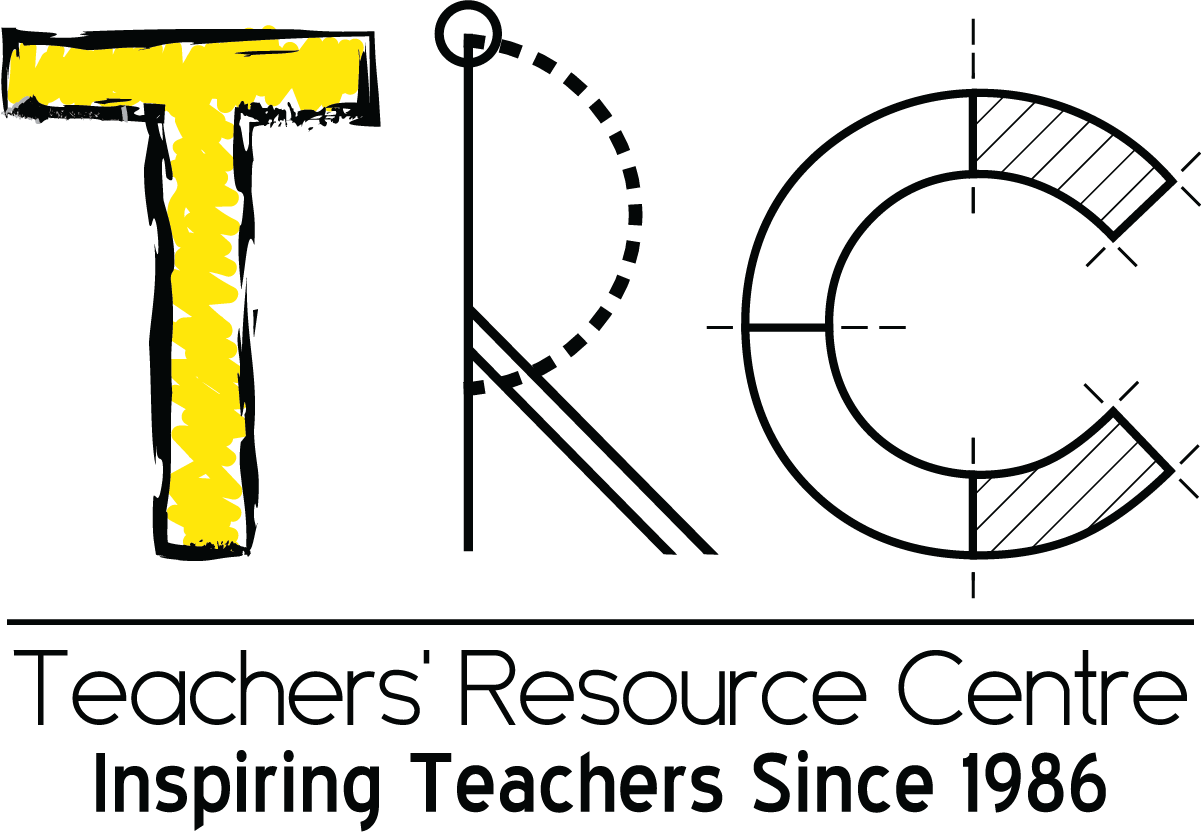No products in the cart.
Teachable Moments and Why We Should Seize Them
As teachers we need to be able to seize teachable moments that present themselves and help create a love for learning in our students. In this month’s Ilm o Amal, TRC staff looks at what ‘teachable moments’ are, how we can seize them and make the most of them.
Author Beth Lewis’ defines a ‘teachable moment’ as “…an unplanned opportunity that arises in the classroom where a teacher has an ideal chance to offer insight to his or her students. It is not something that you can plan for; rather, it is a fleeting opportunity that must be sensed and seized by the teacher.” A conscious teacher – one who cares about her students and about doing her job well –will make a teachable moment count by using it to her advantage for the benefit of her students.
To understand what a teachable moment is, it is necessary to understand what a conscious teacher is. A conscious teacher is one who cares about her students’ academic AND social development. She tries to use every opportunity to teach her students a valuable lesson and she goes beyond the textbook and offers more than just the lesson.
Seizing the Moment
The key words, that anyone looking to understand a teachable moments, should pick out from Lewis’ definition are ‘unplanned’, ‘fleeting opportunity’ and ‘chance’.
As teachers we are trained to be organized. We spend a lot of time on planning lessons before we enter a classroom, so the concept of a ‘teachable moment’ may be a little challenging to get your head around. In essence, a teachable moment is about seizing a ‘fleeting opportunity’ and taking a ‘chance’ to do something ‘unplanned’. It requires that teachers step out of their comfort zones and let go a little of the control we wield over our classrooms. It means that, for a moment, we let the students lead the class, instead of leading it ourselves.
A teacher who wrote a blog on teachable moments at teachhub.com gave the example of a moment that presented itself when she was teaching a class. This is what she wrote:
‘I was teaching a lesson on measuring using millimeter, centimeter, and inch. Since we have yet to really start using these measures, I wanted to explain the millimeter and centimeter in comparison to an inch so students would have an accurate idea of the measure. I wrote the three measures on the board. I had out all my tools, a paper clip, a ruler, and a piece of paper.
I was all set to illustrate the contrast in measures when one of my students raised his hand and asked, “Why is it called millimeter and centimeter? Is it because it has a lot of legs?”
Normally, I would just answer no and move on but I thought, this might be an unplanned opportunity.
So, I asked him why he thought this.
He answered, “Because a millipede and a centipede have lots of legs and those words start with milli and centi too!”
It was as if a light bulb appeared over my head. Here is the perfect opportunity to explain prefixes and their meanings plus acknowledge his connection with the words. A teachable moment! That was so easy and it just happened to tie in with our lesson!” ‘.
She gives another example of a teachable moment that presented itself while her students were working on a group project in which they were making birds’ nests using natural things that they had found in the school playground.
The teacher carefully listened to the students’ discussion as she walked around the classroom. She heard children talking about the project and also about things not related to the project, such as what the children watched on TV last night. She picked up on some project relevant conversation, such as how much space the children should leave in the nest, what kind of birds could live in the nest etc. She realized that an opportunity had presented itself in the form of a teachable moment. She casually said out loud, “I wonder who will live in these nests.” She recalls that hands went up and ideas started pouring from the students. She immediately took to the board, brainstorming with the students and made a list of different types of birds.
This led to a discussion on where and how high to put the nests and more. She believes she would have lost the chance to engage her students if she had simply sat at her desk and busied herself grading papers.
Creating a Love for Learning
True to Lewis’ definition, such moments are ‘fleeting’. They pass quickly. Imagine if the teacher had waited for a couple of days to talk about the dimensions of the nest? The spontaneity of the moment and an avalanche of ideas would have been lost!
As teachers, we only have a few months with our students. In this time, a lot of us get busy trying to complete the syllabus. While that is important, it is also important to use our time with our students to create a love for learning. In fact, more than anything else in life, it is a love for learning that will make a difference to our students’ lives. As teachers, that should be our ultimate goal, to create learners. And in order to achieve this, we need to seize every ‘teachable moment’ that we can!
March 2019

